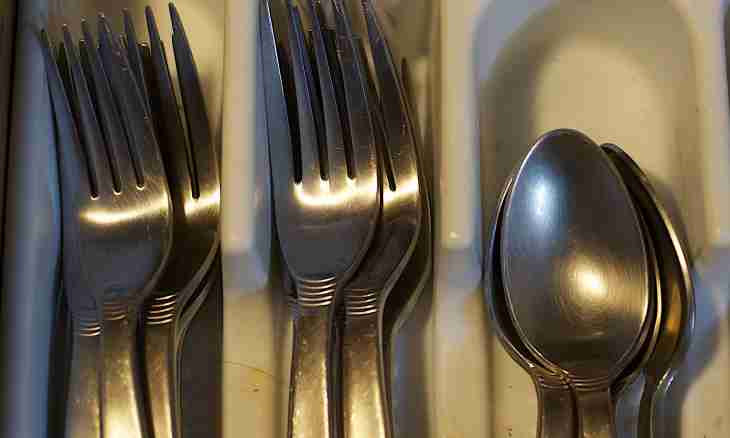One of the most interesting things in the history of electricity is that innovations in development of electric equipment often occurred at the same time worldwide. As a result there are some essential distinctions found among electric sockets and forks in America and many countries of Europe.
Differences of the American fork from the European
The majority of differences between the American and European fork is related to a design, but some are connected with the current since in the countries the used tension force in network differs. The American standard – from 110 to 120 volts, while European – 220-240 volts. The American tourists quite often can find out that their hair dryer, nippers, a teapot and other objects don't work in Europe because of the American forks, improper to the European sockets.
American fork of Harvey Hubble
The first American electrical plug was invented and patented in 1904 by Harvey Hubble. It consisted of the socket in which the boss by means of edges was screwed in. Other producers adopted Hubble's design in this connection by 1915 such electrical plugs began to be used by all consumers widely.
Types of modern American electrical plugs
Plug forks of types A and B conform to the American standard. Type A is used in North and Central America, Japan. It is an ungrounded fork with two flat parallel pins. Early versions weren't polarized, but today all forks are polarized due to increase in the amount of neutral contact. Though the American and Japanese forks seem identical, the neutral contact on the American fork is broader than a tokovyvodyashchy pin while on the Japanese fork both edges have the identical size. As a result, the Japanese forks can be used in the USA, but not on the contrary. Use of ungrounded forks of type A from the middle of the 60th years isn't allowed in construction of new buildings in the USA and Canada, but can still meet in old constructions. Forks of type B also have two flat parallel edges, but the grounded contact is added to them. It is calculated on 15 Amperes at 125 W. The main contact longer, than tokovyvodyashchiya therefore before inclusion of food the fork manages to connect grounding. Such forks are compatible to T-shaped sockets which are used in the USA, Canada, Panama, Mexico, Japan, Philippines. The most part of Americans uses the forks standardized by National association of producers of electric equipment. Without standardization of forms of forks and sockets any producer would have the right to use that form what he will want. What would result in inconveniences for consumers and to chaos in use of household appliances.

